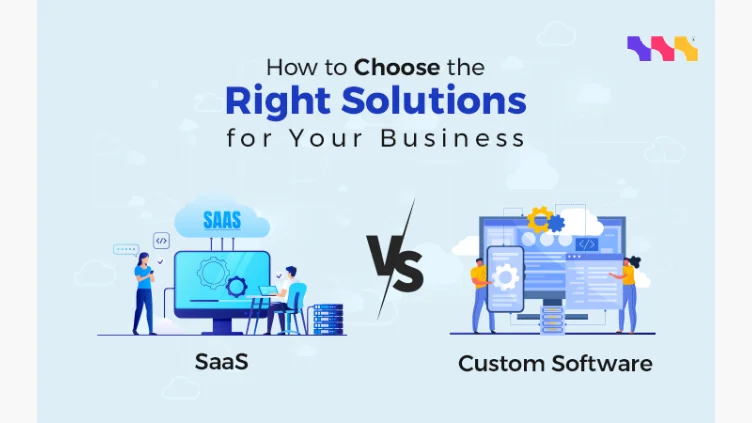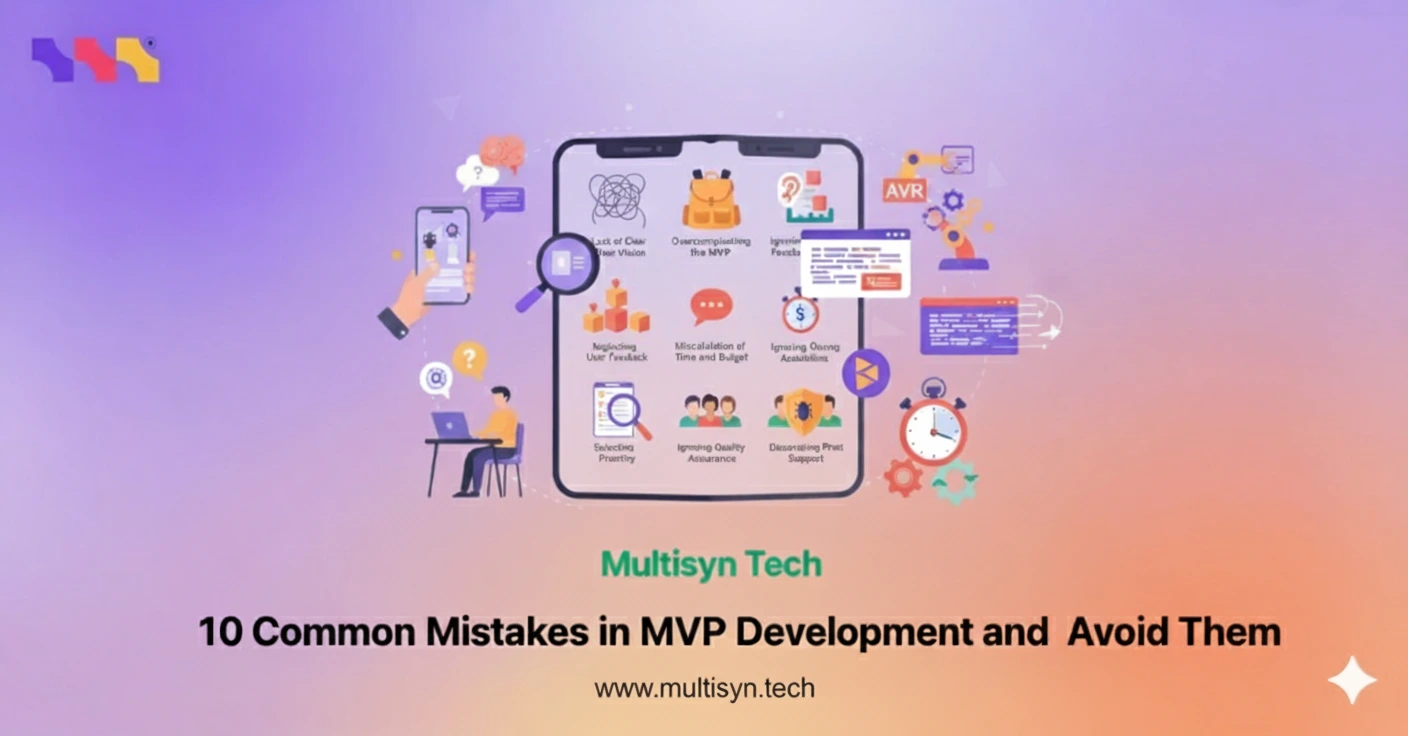Are you in a dilemma of how to choose the right tech stack? Well, selecting the right technology stack is a critical decision that can significantly influence the success of your product. In today’s fast-paced digital landscape, the choice of programming languages, frameworks, and tools must align with both your project requirements and long-term goals. A well-chosen stack not only enhances the performance and scalability of your product but also ensures efficient development and maintenance processes. This decision impacts everything from the initial development speed to future scalability and flexibility, making it essential to understand the core factors that will drive your choice.
Popular and widely used stacks
Here’s the list of most popular and widely used stacks, you can choose the best one of them according to your preference.
1. MEAN Stack
- MongoDB: NoSQL database
- Express.js: Web application framework
- Angular: Front-end framework
- Node.js: JavaScript runtime
- Use Case: It is suitable for full-stack JavaScript and single-page applications (SPAs); besides these, providing a cohesive development environment is significant.
2. MERN Stack
- MongoDB: NoSQL database
- Express.js: Web application framework
- React: Front-end library
- Node.js: JavaScript runtime
- Use Case: It is Ideal for high-performance, dynamic web applications and single-page applications and also significant to leverage React’s component-based architecture.
3. LAMP Stack
- Linux: Operating system
- Apache: Web server
- MySQL: RDBMS
- PHP: Scripting language
- Use Case: LAMP stack is commonly used for traditional web applications, content management systems (CMS), and e-commerce platforms.
4. LEMP Stack
- Linux: Operating system
- Nginx: Web server
- MySQL: RDBMS
- PHP: Scripting language
- Use Case: The LEMP stack is suitable for high-traffic websites and applications requiring efficient load handling and high concurrency.
5. JAM stack
- JavaScript: Programming language
- APIs: Integration services
- Markup: Static HTML
- Use Case: The JAM stack is ideal for modern static websites and applications that emphasize speed, security, and scalability.
6. Django Stack
- Django: Python web framework
- PostgreSQL: RDBMS
- Gunicorn: WSGI server
- Nginx: Web server
- Use Case: This stack is suitable for developing complex, feature-rich web applications with a focus on rapid development and security.
7. Ruby on Rails Stack
- Ruby on Rails: Web framework
- PostgreSQL: RDBMS
- Puma: Web server
- Nginx: Web server
- Use Case: Ideal for building scalable, maintainable web applications quickly and this stack leverages Rails' robust features and conventions.
8. Flutter for Web
- Flutter: UI toolkit
- Dart: Programming language
- WebAssembly: Performance enhancement
- Firebase: Backend services
- Case: Cross-platform applications, consistent UI
- Use Case: It is one of the best stacks that is suitable for developing cross-platform applications with a single codebase and this stack is also significant to provide a consistent and high-quality user experience.
9. Spring Boot Stack
- Spring Boot: Java framework
- Spring Framework: Core framework
- Hibernate: ORM tool
- MySQL: RDBMS
- Use Case: It is ideal for building enterprise-level applications and microservices with Java and it is also specialized to offer ease of setup and development efficiency.
Choosing the Right Stack
Choosing the right stack depends on following factors therefore, before choosing the right stack ensures to consider the following factors:
- Project Requirements: Ensure to assess the specific needs of the application which may includes real-time capabilities, performance, and scalability.
- Team Expertise: Consider the proficiency of the development team with particular technologies and tools.
- Community and Support: Evaluate the availability of resources, documentation, and community support for the technologies.
- Scalability: Ensure the stack can handle future growth and increased traffic efficiently.
- Development Speed: Ensure to choose a stack that supports rapid development and iteration to meet project timelines.
Why choose Multisyn as your trusted partner?
Ultimately, choosing the right stack for your product is about balancing immediate needs with future growth. Multisyn guides you by carefully evaluating your project requirements, team expertise, and long-term objectives, we can help you selecting a technology stack that not only meets your current demands but also adapts to evolving market trends. Making an informed decision ensures that your product is built on a solid foundation, poised for success and innovation. Embracing the right stack sets the stage for delivering a robust, scalable, and high-performing product.







